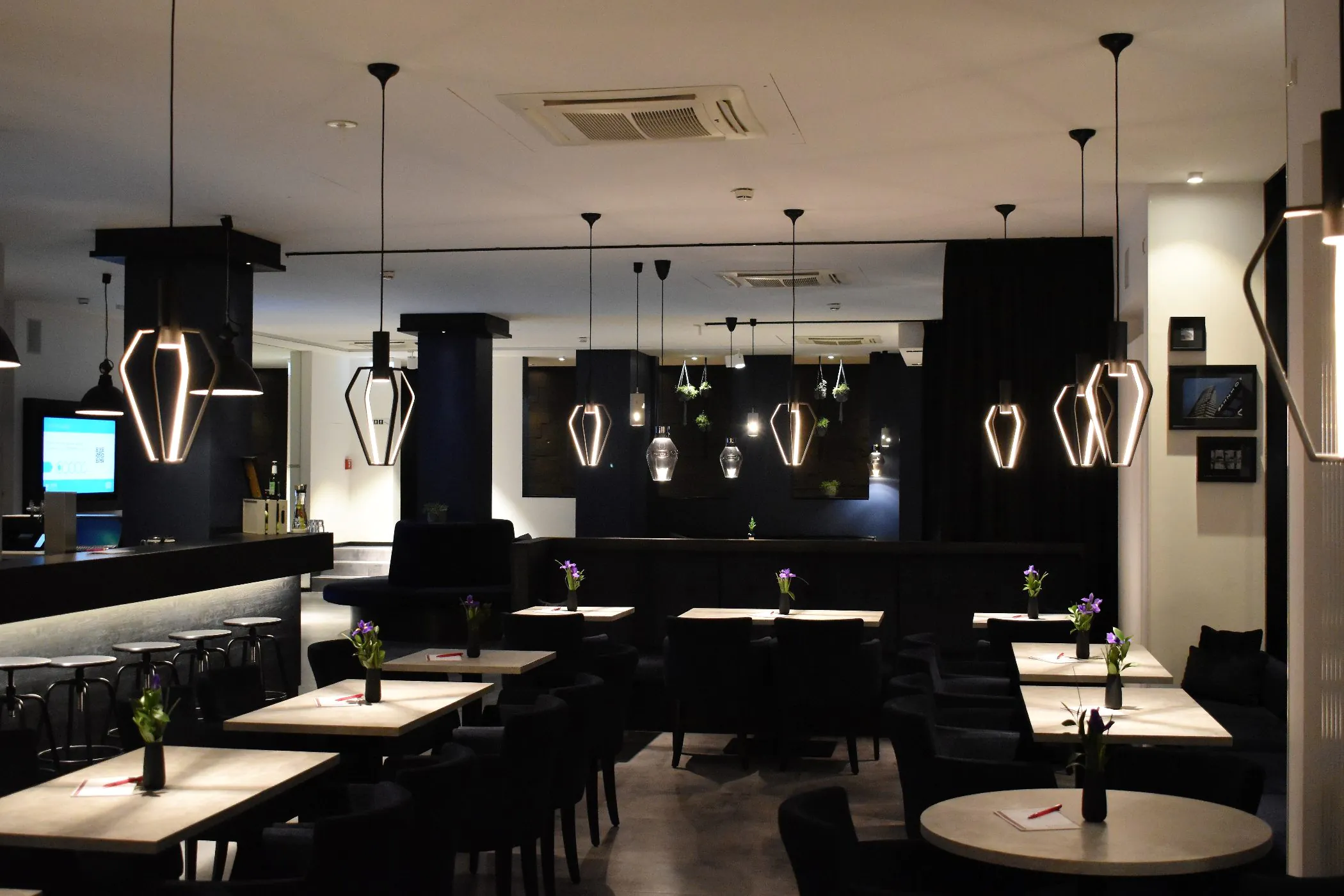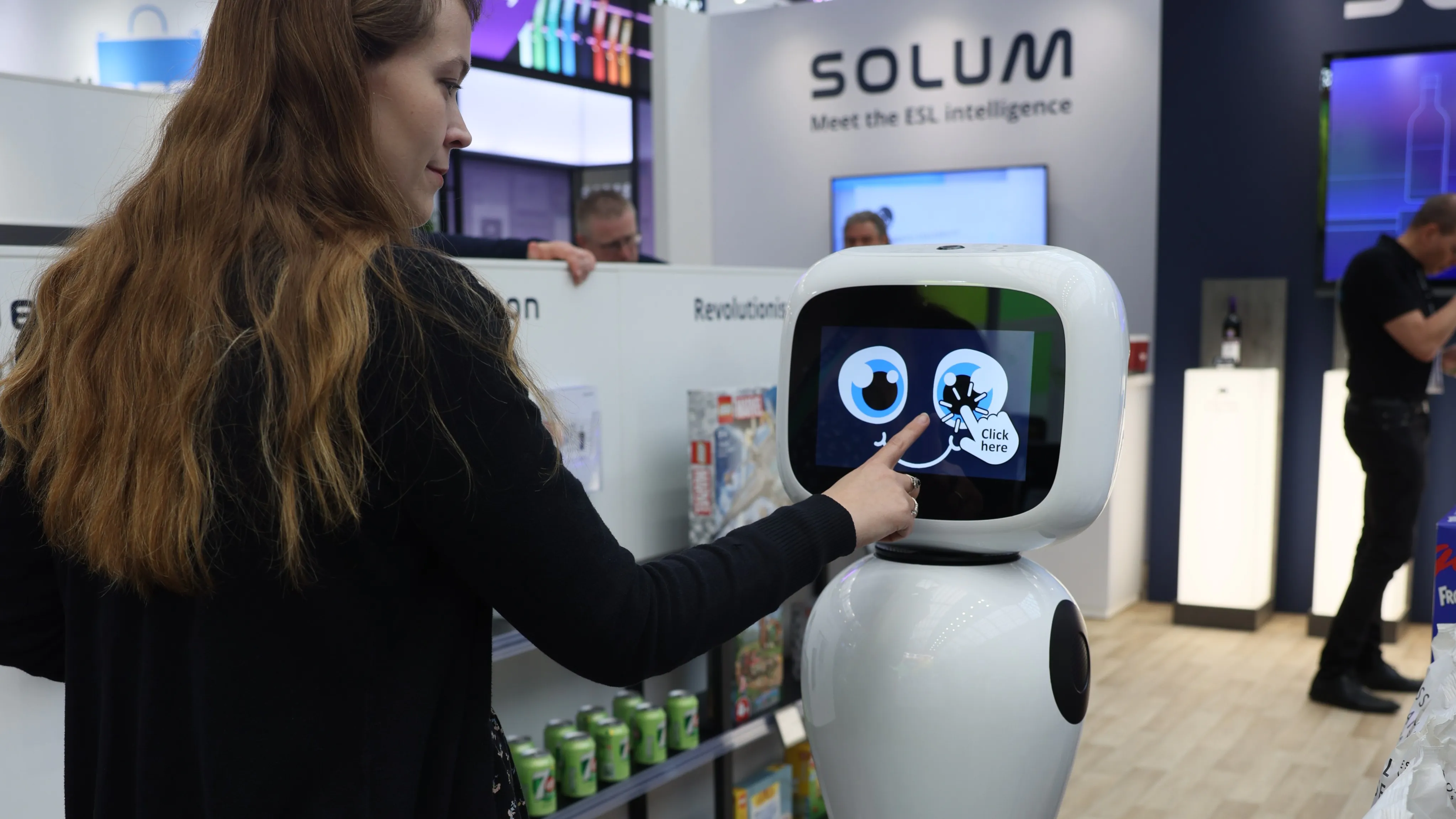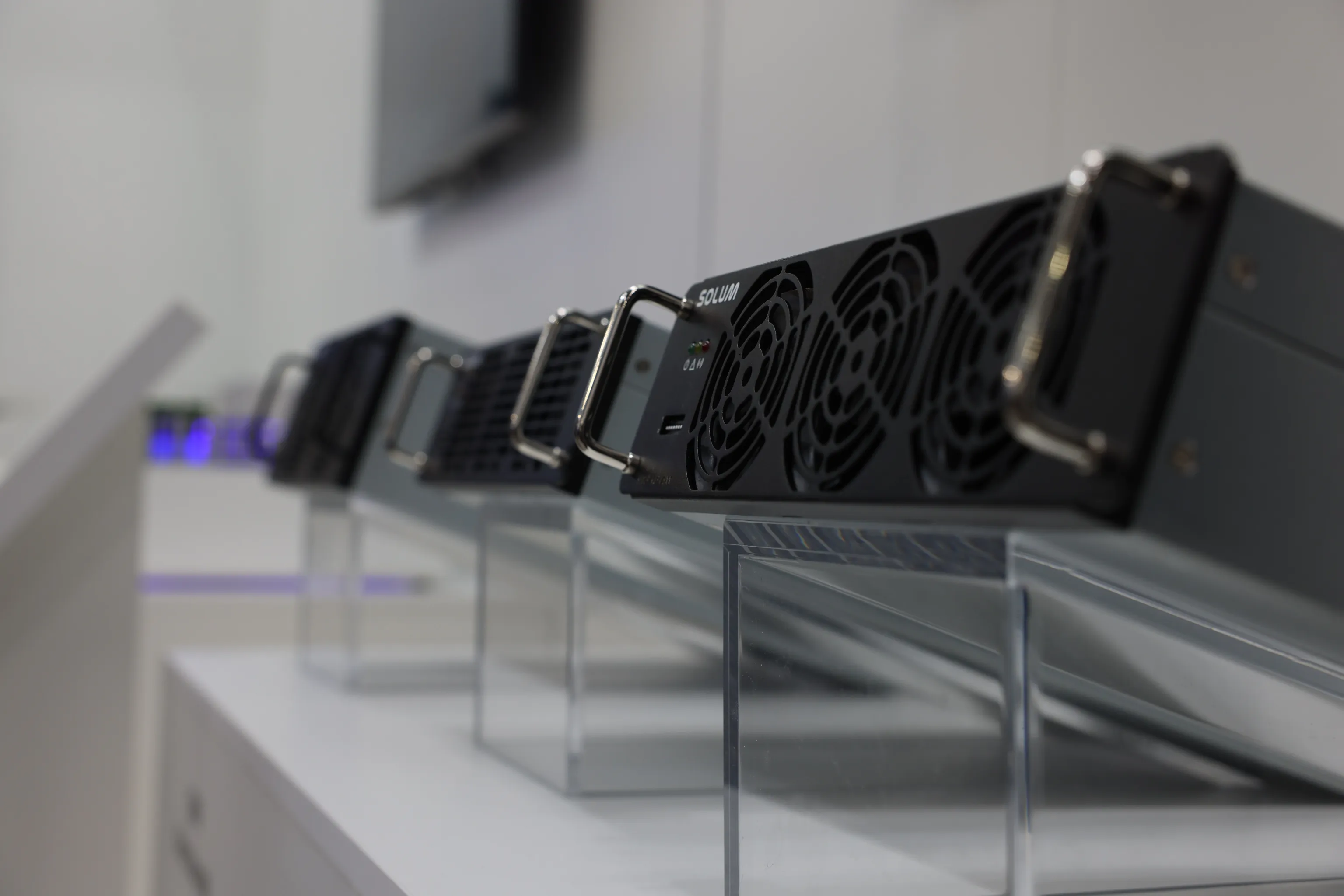Create a Beautiful Dining Experience with Smart Lighting for Restaurant
Believe it or not, good lighting for a restaurant is part of the dining experience. Guests usually come to restaurants for exquisite food and excellent service. However, lighting plays a key role in customer satisfaction and overall experience as well.
If you want your guests and patrons to have a memorable time at your restaurant, implementing a smart lighting system will ensure a special time for them. Smart lighting for restaurants can put you ahead of the game. It will enhance your service and create a beautiful dining experience for your guests.
Four main types of restaurant lighting
Restaurants have four main types of lighting. Each of them has a different purpose and plays its own part in the dining experience for guests.
- Ambient lighting - This is the main source of lighting in the room. This can come from natural light or electric overhead lighting fixtures. This allows the staff and the customers to see and move around comfortably.
Task lighting - This lighting is specifically designed and used for function. A more concentrated light source allows staff and customers to perform various functions and tasks, such as reading off a menu, cooking and prepping, and more. Task lighting is provided by overhead lamps, bright fluorescent lights, or small table lamps.
Accent lighting - Unlike task lighting, accent lighting is more for form and design than function—to add drama and mood to the dining area. It’s used to highlight pieces of artwork, design features, and other architectural elements of the restaurant. Some examples are wall sconces, track lights, and other display lights.
Decorative lighting - Decorative lighting in a restaurant is both for functional and aesthetic purposes. They enhance the theme or style of the restaurant and contribute to its visual charm. Examples of decorative lighting include decorative pendant lights, chandeliers, or unique light fixtures.
Does restaurant lighting affect the dining experience?
The simple answer is yes. Yes, it does. Restaurant lighting contributes to the overall dining experience. It can set the tone for diners right from the start. It can add to the theme and style of the restaurant. It can even impact the attitude and perspective of the diners as they eat.
Bright lighting, for example, provides a lot of stimulation, energy, and dynamism in restaurants and other dining stores. This lighting is mostly used by cafes, ice cream shops, smoothie shops, eateries, casual restaurants, fast-food restaurants, and other family-friendly diners.
Low lighting, on the other hand, creates a cozy, relaxed, and intimate atmosphere. Fine dining establishments, upscale restaurants, steakhouses, wine bars, cocktail lounges, speakeasy-style bars, and restaurants, as well as jazz bars, are just a few examples of dining spaces that utilize low and dim lighting.
Lighting is a significant element in restaurants and other dining places. A reliable and intuitive smart lighting system can help you transform every customer’s encounter with your restaurant.
How you can use smart lighting for restaurants for a better dining experience
Use automated lighting controls
First and foremost, smart lighting has automated lighting controls, which can be beneficial for restaurants. These lights can be programmed to automatically adjust lighting levels based on the time of day and operation, occupancy, or natural light levels inside the establishment.
This feature ensures that the lighting is always optimized for the specific needs of the restaurant and the guests, all the while saving energy and reducing costs. This also means that lights can be controlled and monitored remotely through mobile apps or centralized control panels. Restaurant managers or owners can adjust the lighting settings, troubleshoot issues, or monitor energy usage from anywhere, providing convenience and flexibility for diners.
Set up customized lighting presets
Smart lighting solutions usually have custom lighting presets available. These presets can be set by users in the system and activated in different areas of the restaurant.
One part of the restaurant might have a preset for the elderly or diners with eye conditions. One part might be set up for romantic dinners. Smart lights at the back or front of the restaurant can also be set to full brightness for comfort and extra security. Overall, you can use these custom presets to create a welcoming environment for your guests.
Make use of dimming options
Dimmed lights or low lighting can transform the dining area and give it an intimate or cozy ambiance. If your restaurant has special date nights, happy hours, small charity events and functions, pop-ups, or other community events, dimmed lighting can create the atmosphere you need.
Smart lighting will have various dimming options and brightness levels that can help set the tone of the night. Whatever promotional event or function there is in a restaurant, smart lighting can make it easier for you to achieve the dimness or brightness that is necessary.
Use motion detection for functionality
Most smart lighting systems also have motion detection built into them. This allows smart lights to automatically turn on when they detect movement or presence. Restaurant staff and customers can use this motion detection for better functionality and safety.
This includes when customers want to use a specific function room for a private dinner or party. This is also good for staff when they’re prepping ingredients and dishes in the kitchen area, doing stocks and inventory in the pantry, or organizing cleaning materials in the janitor’s closet. Smart lights can automatically turn on when anyone goes into a room. Customers will be able to enjoy their dining experience, and staff will be able to finish tasks comfortably.
Take advantage of dynamic color lighting
Some smart lighting solutions boast dynamic color lighting features as well. This feature gives users the option to change the color of the lights. Restaurants can take advantage of this feature to create visually striking effects or specific lighting presentations to match the theme or event at the restaurant.
Imagine red and pink lights for Valentine’s Day dinners, pink and blue lights for gender reveal parties or children’s birthday parties, or green lights for Saint Patrick's Day celebrations. The possibilities are endless, and it will only create a much more engaging experience for guests.
Why choose SOLUM Lighting for restaurants
SOLUM Group has developed and delivered smart lighting for indoor establishments. Restaurants can start utilizing these smart lighting solutions to create a beautiful dining experience for customers. And of course, it can also be utilized to create a safe workplace environment for the employees.
SOLUM Lighting for restaurants:
- are highly efficient
- saves energy and money
- utilizes LED lighting
- has built-in sensors and motion detection
- has custom lighting presents
- reduces carbon footprint
- can be controlled remotely
- can monitor temperature
- can detect harmful gas
- can detect fire
Excited to learn more about SOLUM Lighting and what it can do for your restaurants? Contact SOLUM Group today and take your dining experience to the next level.











